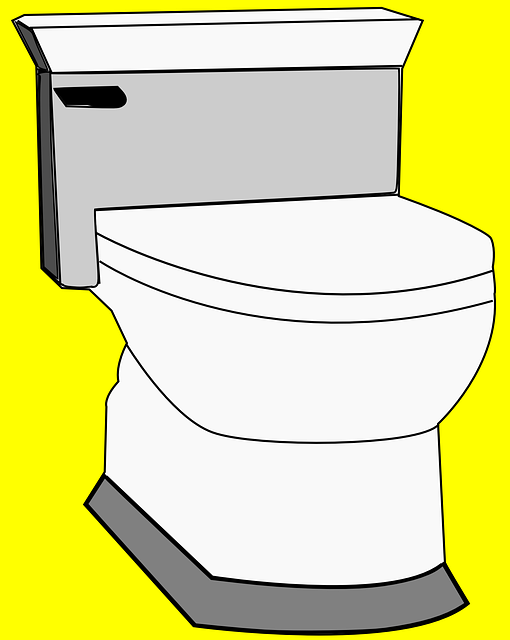A running toilet, caused by faulty flapper valves or fill mechanisms, wastes water and increases bills. Diagnosing involves checking for leaks and observing toilet behavior post-flush. Solutions include regular maintenance: inspecting seals, replacing flappers, and adjusting float chains to control water levels. Implementing these steps prevents water waste and saves on utility costs, addressing the issue of How to Stop a Running Toilet effectively.
Tired of seeing your water bill skyrocket due to a running toilet? This guide will help you understand, diagnose, and fix the problem before it costs you dear. A running toilet isn’t just wasteful; it can also signal deeper issues. By identifying the source of the leak, whether it’s a faulty flapper or a damaged fill valve, you can implement effective solutions and preventive measures to keep your toilet (and wallet) happy. Learn how to stop that constant drip and save both water and money.
- Understanding the Problem: What Causes a Running Toilet?
- Diagnosing the Leak: Identifying the Source of Waste
- Solutions and Preventive Measures: Fixing and Maintaining Your Toilet
Understanding the Problem: What Causes a Running Toilet?

A running toilet is a common household issue that can waste vast amounts of water and lead to unexpected, costly utility bills. Understanding what causes this problem is the first step in knowing how to stop a running toilet. The primary culprits are flapper valves and fill mechanisms that malfunction or become worn out over time. The flapper, responsible for sealing off the water supply to the bowl, can stick or wear away, allowing water to continuously flow into the bowl. Alternatively, the fill mechanism, which controls the level of water in the tank, may not shut off properly due to defects or improper adjustment, leading to a constant refill cycle.
Diagnosing the Leak: Identifying the Source of Waste

Diagnosing a running toilet is the first step in stopping water waste. Start by checking the bathroom for obvious signs, such as puddles on the floor or dripping water from the fixture. This can indicate a leaky flapper or a damaged valve. Next, flush the toilet and observe its behavior. If it continues to run after the water has filled the bowl, there might be an issue with the fill valve or float mechanism.
Inspecting these components is straightforward and can often resolve the problem. A leaky flapper, for instance, can be easily replaced. If you’re unsure about any part of the process, consider consulting a professional plumber who can accurately diagnose more complex issues related to How to Stop a Running Toilet.
Solutions and Preventive Measures: Fixing and Maintaining Your Toilet

A running toilet is not only a nuisance but also a significant waste of water, which can lead to unnecessarily high utility bills. To prevent this, regular maintenance and prompt fixing are key. Start by checking for obvious signs of leaks around the base of the toilet and the supply lines. Even small drips can add up over time. If you spot any, use plumber’s tape or a rubber gasket to create a secure seal. Next, ensure the flapper valve is sealing properly after each flush. A worn-out or misaligned flapper can cause continuous filling, leading to a running toilet. Regularly inspect and replace the flapper as needed. Additionally, adjust the float chain to control the water level in the tank, ensuring it stops filling once the water reaches the appropriate mark. These simple fixes can go a long way in preventing water waste and saving you money.
A running toilet not only wastes precious water but can also lead to costly repairs. By understanding the problem, diagnosing the leak’s source, and implementing the right solutions, you can stop a running toilet in its tracks. Regular maintenance and immediate action when signs of trouble appear are key to preventing this common issue. Follow these steps to ensure your toilet runs efficiently and save both water and money.
